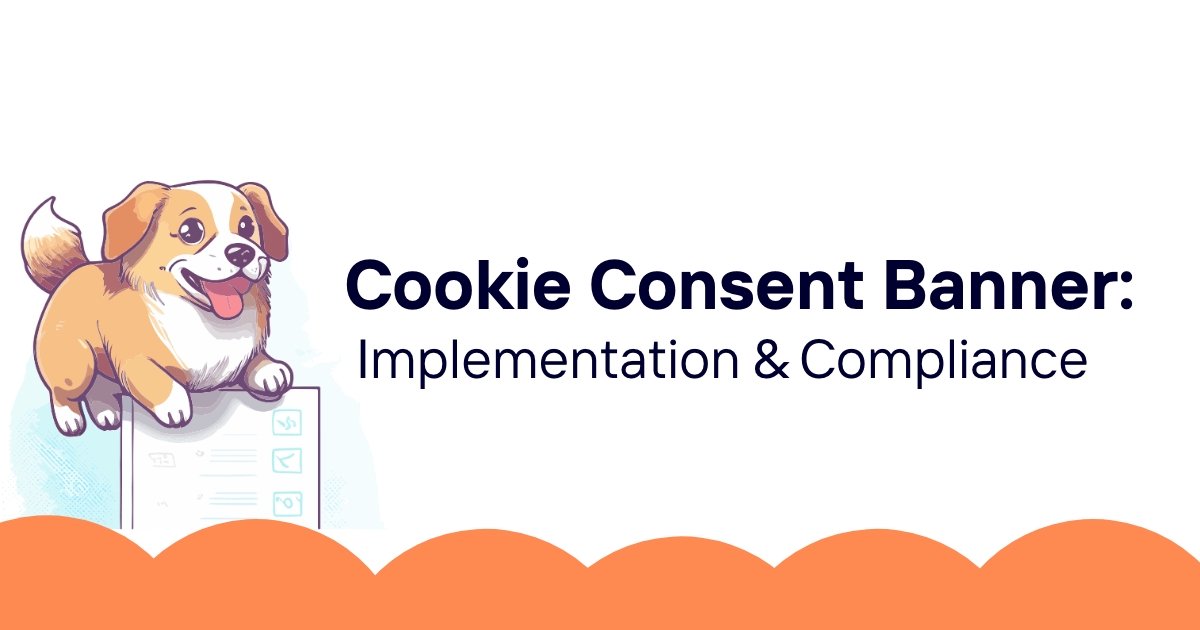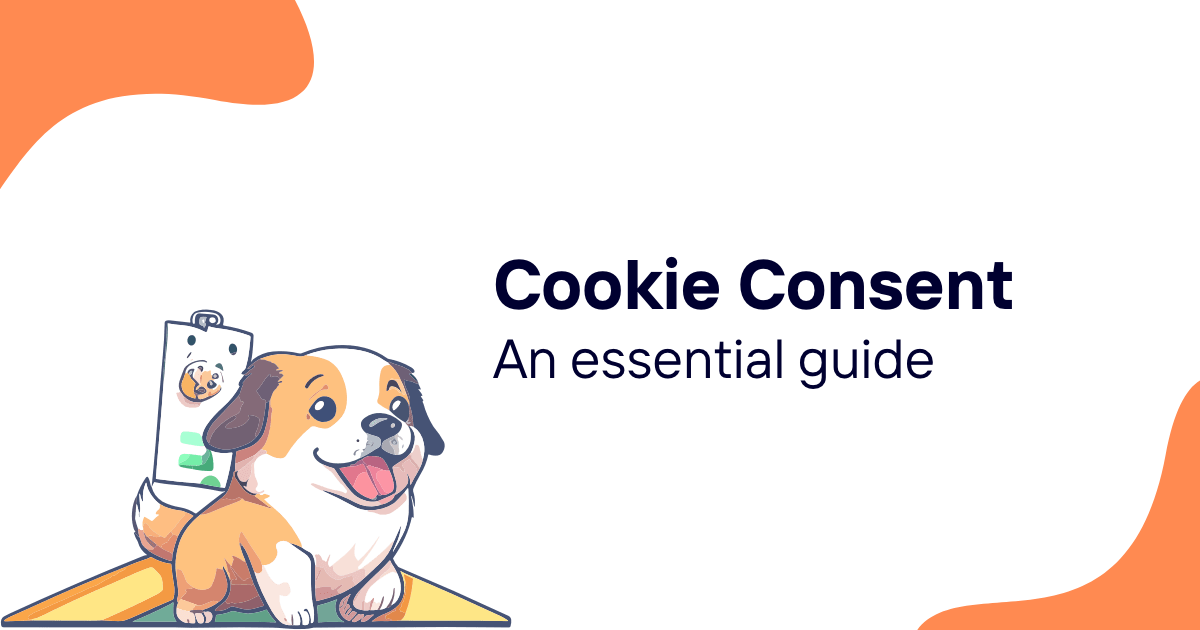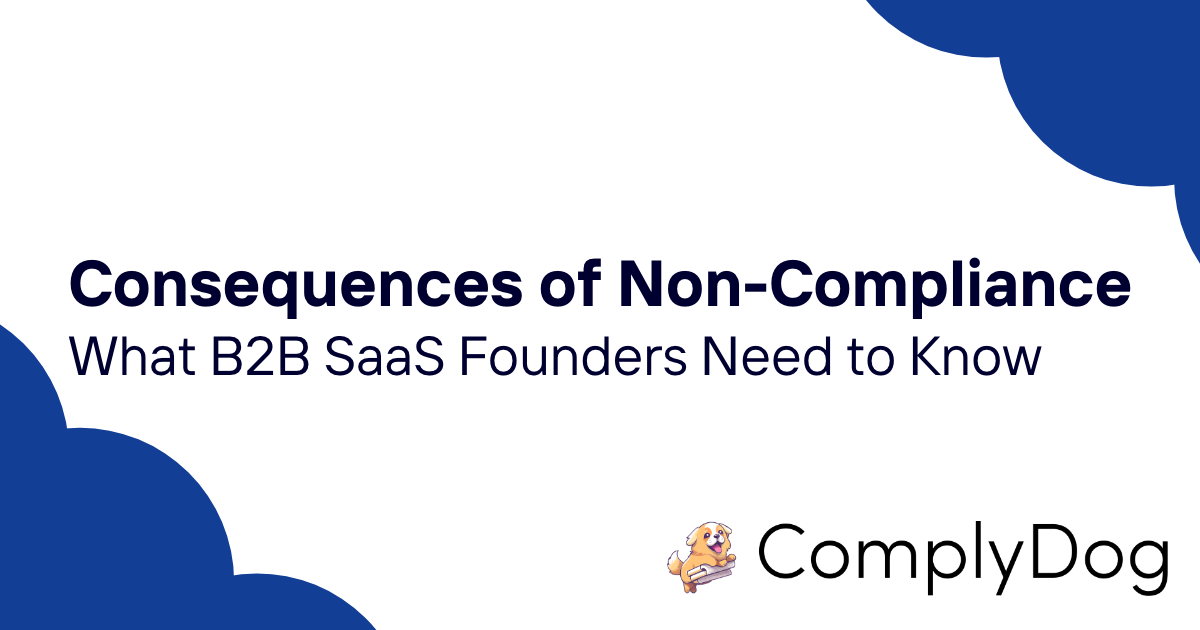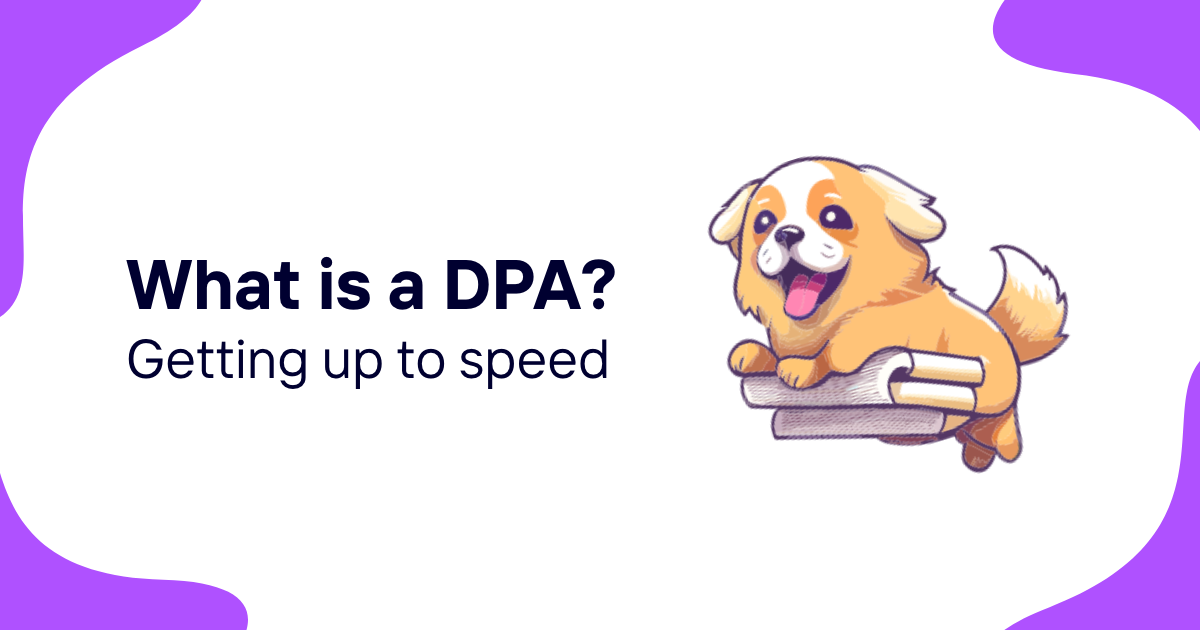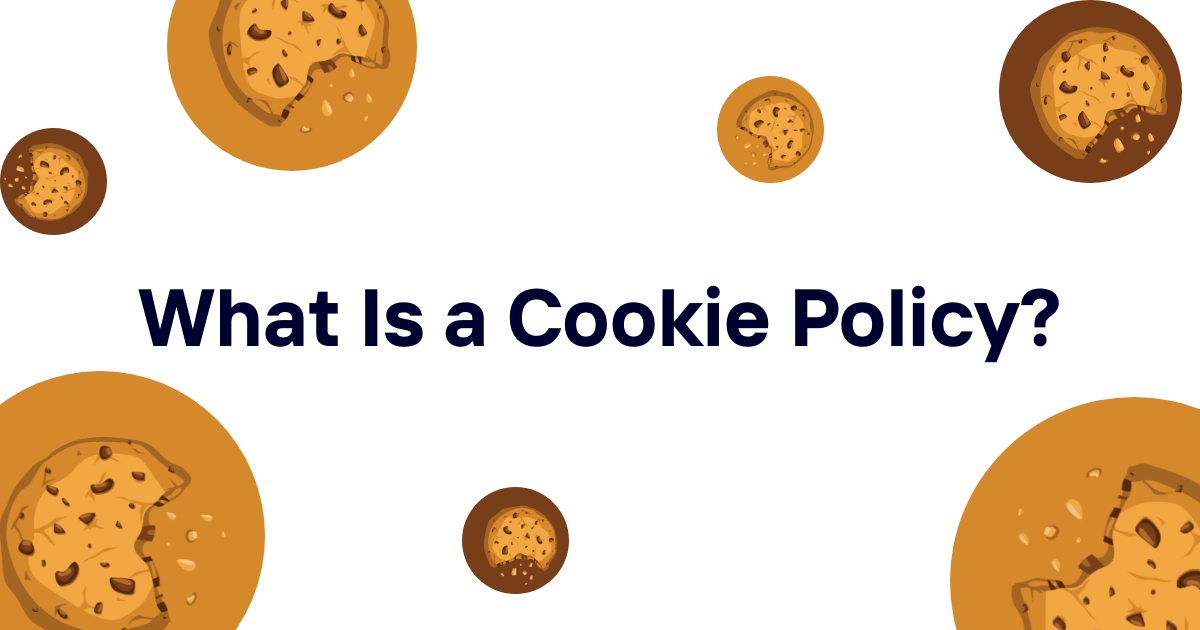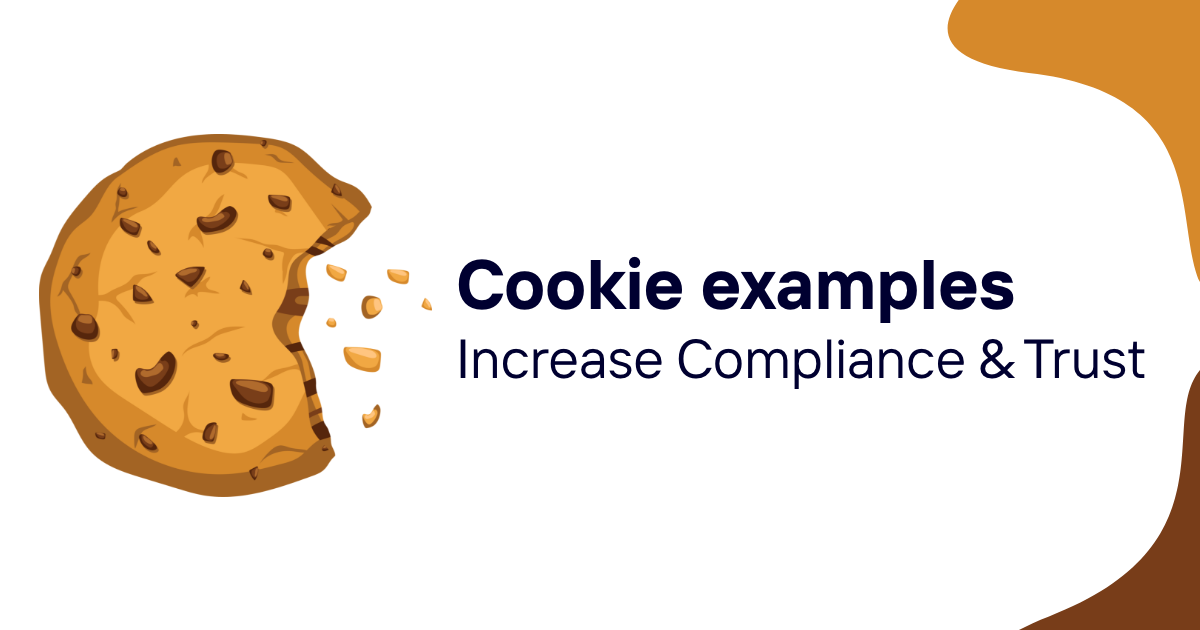Cookie consent banners serve as the primary interface between websites and users for managing cookie preferences under GDPR and other privacy regulations. Implementing effective cookie consent banners requires balancing legal compliance with user experience while maintaining website functionality and business objectives.
This comprehensive guide covers cookie consent banner requirements, design principles, technical implementation methods, and optimization strategies. Understanding these elements helps organizations create consent banners that meet regulatory standards while supporting positive user experiences.
Cookie Consent Banner Legal Requirements
Cookie consent banners must meet specific legal requirements under GDPR, ePrivacy Directive, and other privacy regulations to provide valid consent collection mechanisms.
GDPR Consent Standards
Cookie consent must meet strict GDPR requirements for validity and enforceability:
Freely Given Consent: Cookie consent must be voluntary without coercion, with users able to refuse consent without negative consequences for website access or functionality.
Specific Consent: Users must be able to provide separate consent for different types of cookies and processing purposes rather than blanket consent for all activities.
Informed Consent: Users must receive clear, comprehensive information about cookie purposes, data processing activities, and their rights before providing consent.
Unambiguous Consent: Consent indication must be clear and unambiguous, typically requiring affirmative action rather than pre-checked boxes or passive acceptance.
Withdrawable Consent: Users must be able to withdraw consent as easily as they provided it, with withdrawal mechanisms clearly accessible and functional.
ePrivacy Directive Requirements
The ePrivacy Directive establishes specific requirements for cookie consent that complement GDPR obligations:
Prior Consent: Cookie consent must be obtained before placing non-essential cookies on user devices, with limited exceptions for technically necessary cookies.
Cookie Information: Users must receive clear information about cookie purposes and how to manage cookie preferences.
Consent Granularity: Users should have control over different types of cookies rather than all-or-nothing consent options.
Consent Duration: Cookie consent should have reasonable durations that balance user convenience with consent freshness.
Technical Implementation: Consent mechanisms must be technically implemented to prevent cookie placement until valid consent is obtained.
Essential vs Non-Essential Cookies
Cookie consent requirements vary based on cookie categorization and purposes:
Strictly Necessary Cookies: Cookies essential for website functionality typically don't require consent but need clear disclosure and user information.
Performance Cookies: Analytics and performance monitoring cookies typically require consent unless implemented in privacy-friendly ways.
Functional Cookies: Cookies that enhance website functionality generally require consent unless clearly necessary for requested services.
Marketing Cookies: Advertising and tracking cookies almost always require explicit consent with clear opt-out options.
Third-Party Cookies: Cookies placed by external services require consent and clear disclosure of third-party relationships.
National Implementation Variations
Different EU member states have varying implementations of cookie consent requirements:
Strict Interpretation: Some countries require explicit consent for most cookies with limited exceptions for technical necessity.
Pragmatic Approaches: Other jurisdictions allow more flexible interpretations while maintaining user protection principles.
Enforcement Patterns: Data protection authorities vary in their enforcement approaches and priorities regarding cookie compliance.
Guidance Documents: National authorities provide specific guidance that affects implementation requirements and best practices.
Cross-Border Consistency: Organizations operating across multiple jurisdictions need approaches that satisfy the strictest applicable requirements.
GDPR Cookie Consent Standards
Implementing GDPR-compliant cookie consent requires understanding specific standards for consent collection, documentation, and ongoing management.
Valid Consent Characteristics
GDPR establishes clear criteria that cookie consent must meet to be legally valid:
Active Consent: Users must take clear affirmative action to provide consent rather than passive acceptance through continued website use.
Granular Control: Consent mechanisms should enable users to choose different types of cookies independently rather than requiring blanket acceptance.
Clear Language: Consent requests must use plain, understandable language that clearly explains what users are consenting to.
Separate Consents: Different processing purposes should have separate consent options rather than bundling everything together.
No Bundling: Consent for cookies shouldn't be bundled with other terms and conditions or service agreements.
Consent Documentation Requirements
Organizations must maintain comprehensive records of cookie consent for accountability purposes:
Consent Records: Detailed logging of when, how, and for what purposes consent was obtained from each user.
Consent Scope: Clear documentation of what specific activities each consent grant covers.
Consent Methods: Records of how consent was collected including interface descriptions and consent mechanisms used.
Consent Changes: Documentation of consent modifications, withdrawals, and updates over time.
Technical Implementation: Records of technical measures used to implement and enforce consent decisions.
Consent Refresh and Management
Cookie consent requires ongoing management to maintain validity and compliance:
Consent Duration: Appropriate consent periods that balance user convenience with consent freshness and validity.
Periodic Refresh: Systematic consent refresh procedures that re-engage users about their preferences.
Preference Centers: User-friendly interfaces that enable ongoing consent management and preference modifications.
Change Notification: Clear notification when cookie practices change in ways that affect previous consent grants.
Withdrawal Processing: Immediate implementation of consent withdrawal decisions across all affected systems and processes.
Consent Verification and Auditing
Maintaining consent validity requires systematic verification and auditing procedures:
Consent Validation: Regular verification that consent collection mechanisms continue meeting GDPR standards.
Implementation Audits: Periodic audits that verify technical implementation correctly reflects user consent decisions.
User Experience Reviews: Ongoing assessment of consent user experience and potential barriers to informed decision-making.
Legal Compliance Checks: Regular legal review of consent practices against evolving regulatory requirements and enforcement guidance.
Documentation Audits: Verification that consent documentation meets accountability requirements and supports compliance demonstration.
Cookie Banner Design Best Practices
Effective cookie banner design balances regulatory compliance with user experience through thoughtful visual design, clear information architecture, and intuitive interaction patterns.
Visual Design Principles
Cookie banners should integrate seamlessly with website design while maintaining visibility and accessibility:
Brand Consistency: Cookie banners should align with overall website branding including colors, fonts, and visual style while maintaining distinctiveness.
Appropriate Prominence: Banners must be sufficiently visible to ensure users notice them without completely overwhelming page content.
Clear Hierarchy: Visual hierarchy that emphasizes essential information and primary action options while maintaining comprehensive disclosure.
Responsive Design: Banner designs that work effectively across different screen sizes and device types.
Accessibility Compliance: Visual design that meets accessibility standards including appropriate contrast ratios and screen reader compatibility.
Information Architecture
Organizing cookie information effectively helps users make informed decisions without overwhelming them:
Layered Information: Progressive disclosure that presents essential information prominently with detailed information available on request.
Clear Categorization: Logical organization of cookie types and purposes that align with user understanding and decision-making needs.
Purpose Explanation: Clear, jargon-free explanations of why different cookies are used and how they benefit users.
Rights Information: Accessible information about user rights including withdrawal procedures and preference management options.
Link Integration: Strategic placement of links to detailed privacy policies and cookie information without cluttering primary interfaces.
Action Options and Controls
Cookie banners must provide clear, accessible options for user decision-making:
Accept All Options: Clear options for users who want to consent to all cookies with single-click convenience.
Reject All Options: Equally prominent options for users who want to reject non-essential cookies.
Customize Preferences: Accessible options for users who want granular control over different cookie categories.
Save Preferences: Clear confirmation when preferences are saved with appropriate feedback about implementation.
Preference Access: Easy access to preference modification options throughout ongoing website use.
Mobile Optimization
Cookie banners must work effectively on mobile devices where screen space is limited:
Touch-Friendly Design: Button sizes and interaction areas that work well with touch interfaces.
Screen Space Management: Efficient use of limited mobile screen space without completely blocking content access.
Simplified Information: Streamlined information presentation that works within mobile constraints while maintaining legal compliance.
Navigation Integration: Smooth integration with mobile navigation patterns and user expectations.
Performance Optimization: Banner implementations that don't negatively impact mobile page loading and performance.
As outlined in our privacy policy generator guide, cookie banners must coordinate with comprehensive privacy policies to provide complete transparency about data processing activities.
Technical Implementation Methods
Implementing cookie consent banners requires careful technical planning to ensure consent decisions are properly collected, stored, and enforced across all website systems.
Frontend Implementation Approaches
Different technical approaches offer various advantages for cookie banner implementation:
JavaScript Libraries: Specialized libraries that provide pre-built cookie consent functionality with customization options.
Custom Development: Building cookie consent functionality from scratch to meet specific design and functionality requirements.
Content Management Integration: Integrating cookie consent with existing content management systems and website frameworks.
Third-Party Platforms: Using specialized consent management platforms that provide comprehensive cookie consent solutions.
Hybrid Approaches: Combining different implementation methods to optimize functionality, performance, and customization.
Consent Storage and Management
Proper consent storage ensures compliance while enabling effective preference management:
Consent Cookies: Storing consent decisions in browser cookies with appropriate security and accessibility settings.
Local Storage: Using browser local storage for consent information with consideration for privacy and persistence requirements.
Server-Side Storage: Maintaining consent records on servers for enhanced persistence and cross-device synchronization.
Consent APIs: Implementing APIs that enable consent information sharing across different systems and platforms.
Data Protection: Ensuring consent data itself receives appropriate protection and privacy safeguards.
Cookie Control Implementation
Technical implementation must effectively control cookie placement and behavior based on user consent:
Conditional Loading: Technical controls that prevent non-essential cookies from loading until appropriate consent is obtained.
Script Management: Managing third-party scripts and tracking codes based on user consent decisions.
Tag Management Integration: Integrating consent decisions with tag management systems for comprehensive cookie control.
Real-Time Updates: Implementing systems that immediately reflect consent changes across all website functions.
Fallback Mechanisms: Appropriate fallback behavior when consent information is unavailable or unclear.
Cross-Domain and Multi-Site Implementation
Organizations with multiple domains or websites need coordinated consent management:
Cross-Domain Consent: Technical approaches for sharing consent decisions across different domains within the same organization.
Subdomain Management: Handling consent for subdomains and related websites with appropriate scope and persistence.
Multi-Brand Coordination: Managing consent across different brands or business units with shared or separate consent requirements.
API Integration: Using APIs to coordinate consent across different platforms and technical systems.
Consistency Maintenance: Ensuring consistent consent implementation across all organizational web properties.
Performance and Loading Optimization
Cookie banner implementation should not negatively impact website performance:
Asynchronous Loading: Loading consent banners asynchronously to prevent blocking critical page rendering.
Resource Optimization: Minimizing bandwidth and processing requirements for consent banner functionality.
Caching Strategies: Appropriate caching of consent-related resources while maintaining freshness and accuracy.
Critical Path Optimization: Ensuring consent functionality doesn't interfere with critical website functionality.
Performance Monitoring: Ongoing monitoring of consent banner impact on page load times and user experience.
User Experience Optimization
Optimizing cookie banner user experience improves both compliance effectiveness and user satisfaction while maintaining legal requirements.
Friction Reduction Strategies
Reducing user friction while maintaining compliance improves consent collection effectiveness:
Smart Defaults: Implementing default settings that balance user privacy with website functionality without pre-selecting consent options.
Progressive Disclosure: Presenting information progressively to avoid overwhelming users while ensuring complete transparency.
Contextual Timing: Displaying consent requests at appropriate moments that align with user intent and engagement.
Preference Memory: Remembering user preferences across sessions to avoid repetitive consent requests.
Streamlined Flows: Designing consent flows that minimize steps while maintaining informed decision-making capability.
Educational Approaches
Helping users understand cookie purposes and benefits improves decision-making quality:
Purpose Explanations: Clear, benefit-focused explanations of why different cookies are used and how they enhance user experience.
Visual Aids: Using icons, graphics, and visual elements to make cookie categories and purposes more understandable.
Example Scenarios: Providing concrete examples of how different cookies affect user experience and website functionality.
Value Propositions: Explaining the value users receive from consenting to different types of cookies.
FAQ Integration: Addressing common questions and concerns about cookies and privacy directly within consent interfaces.
Personalization and Adaptation
Adapting consent experiences to different user types and preferences improves effectiveness:
User Segmentation: Tailoring consent experiences based on user characteristics, behavior patterns, or preferences.
Adaptive Interfaces: Modifying consent interfaces based on user interaction patterns and decision-making behavior.
Contextual Relevance: Presenting cookie information that's most relevant to specific users or usage contexts.
Progressive Enhancement: Enhancing consent experiences for users with advanced privacy knowledge or specific requirements.
Cultural Adaptation: Adapting consent approaches for different cultural contexts and privacy expectations.
Error Prevention and Recovery
Preventing and addressing user errors improves consent collection reliability:
Clear Instructions: Providing clear guidance about how to use consent interfaces and make preference selections.
Confirmation Dialogs: Appropriate confirmation for significant decisions like rejecting all cookies or changing previously set preferences.
Error Messaging: Clear, helpful error messages when problems occur with consent submission or preference saving.
Recovery Options: Easy ways for users to correct mistakes or change preferences after initial consent decisions.
Support Access: Clear access to support resources for users who have questions or problems with consent interfaces.
A/B Testing Cookie Banners
Systematic testing of cookie banner designs and approaches helps optimize both compliance effectiveness and user experience while maintaining legal requirements.
Testing Framework Development
Effective A/B testing requires systematic frameworks that balance optimization with compliance:
Compliance Boundaries: Establishing clear boundaries for testing that maintain legal compliance regardless of test variations.
Metric Selection: Choosing appropriate metrics that balance business objectives with compliance effectiveness and user satisfaction.
Test Design: Designing tests that provide meaningful insights while controlling for confounding variables and external factors.
Sample Size Planning: Ensuring adequate sample sizes for statistical significance while considering practical implementation constraints.
Duration Planning: Setting appropriate test durations that account for user behavior patterns and seasonal variations.
Testing Variables and Elements
Different aspects of cookie banners can be tested to optimize performance:
Visual Design Elements: Testing colors, fonts, sizes, and layouts to optimize visibility and engagement.
Message Content: Testing different explanations, value propositions, and educational content for effectiveness.
Action Options: Testing different button labels, positioning, and interaction patterns.
Information Architecture: Testing different ways of organizing and presenting cookie information.
Timing and Triggers: Testing when and how consent banners are displayed to users.
Compliance Considerations in Testing
A/B testing must maintain legal compliance across all test variations:
Legal Review: Ensuring all test variations meet minimum legal requirements for valid consent collection.
Information Completeness: Maintaining required information disclosure across all test variants.
Consent Validity: Ensuring all test approaches collect legally valid consent according to GDPR standards.
User Rights: Maintaining user rights accessibility and functionality across different test variations.
Documentation Requirements: Properly documenting test approaches and results for compliance accountability.
Result Analysis and Implementation
Systematic analysis of test results guides optimization while maintaining compliance priorities:
Statistical Significance: Ensuring test results reach appropriate statistical significance before making implementation decisions.
Compliance Impact Assessment: Evaluating how optimization changes affect compliance effectiveness and legal risk.
Long-Term Impact: Considering long-term effects of changes on user behavior and regulatory compliance.
Implementation Planning: Systematic implementation of winning variations with appropriate monitoring and validation.
Continuous Improvement: Using test results to inform ongoing optimization and refinement efforts.
Mobile Cookie Consent Considerations
Mobile devices present unique challenges for cookie consent implementation that require specialized approaches while maintaining compliance and usability.
Mobile Interface Design
Mobile cookie banners require careful design adaptation for smaller screens and touch interfaces:
Screen Space Optimization: Efficient use of limited mobile screen space without completely blocking content access.
Touch-Friendly Controls: Button sizes and interactive elements optimized for touch interaction and finger navigation.
Readable Text: Font sizes and contrast levels that ensure readability on small screens and various lighting conditions.
Simplified Layout: Streamlined layouts that work within mobile constraints while maintaining information completeness.
Orientation Adaptation: Designs that work effectively in both portrait and landscape orientations.
Mobile User Behavior
Understanding mobile user behavior patterns helps optimize consent banner effectiveness:
Attention Patterns: Shorter attention spans and different scanning patterns on mobile devices.
Interaction Preferences: Mobile-specific interaction preferences including swipe gestures and touch patterns.
Context Switching: Frequent context switching and multitasking that affects consent decision-making.
Speed Expectations: Higher expectations for fast loading and immediate response to interactions.
Simplified Decision-Making: Preference for streamlined decisions with minimal complexity.
Technical Implementation for Mobile
Mobile implementation requires special technical considerations:
Performance Optimization: Ensuring consent banners don't negatively impact mobile page loading performance.
Responsive Design: Technical implementation that adapts appropriately to different mobile screen sizes and resolutions.
Touch Event Handling: Proper handling of touch events and gesture recognition for consent interactions.
Mobile Browser Compatibility: Ensuring compatibility across different mobile browsers and operating systems.
App Integration: Considerations for integrating cookie consent with mobile applications and hybrid platforms.
Mobile-Specific Features
Mobile platforms offer unique opportunities for enhanced consent experiences:
Native Integration: Leveraging mobile-native interface patterns and design conventions.
Gesture Support: Using mobile gestures like swipe and pinch for enhanced consent interface interaction.
Haptic Feedback: Appropriate use of vibration and haptic feedback for consent confirmations.
Voice Integration: Considering voice interface integration for accessibility and alternative interaction methods.
Offline Considerations: Handling consent functionality when mobile devices are offline or have limited connectivity.
Cookie Banner Compliance Verification
Systematic verification ensures cookie banners meet legal requirements and function correctly across different scenarios and user interactions.
Compliance Testing Methodology
Comprehensive testing verifies both legal compliance and technical functionality:
Legal Requirement Verification: Systematic checking that banners include all required information and consent mechanisms.
User Journey Testing: Testing complete user journeys from initial consent through preference management and withdrawal.
Cross-Browser Testing: Verifying functionality across different browsers, versions, and operating systems.
Accessibility Testing: Ensuring consent banners meet accessibility requirements for users with disabilities.
Performance Testing: Verifying that consent banners don't negatively impact website performance or user experience.
Technical Validation
Technical testing ensures consent implementation works correctly:
Consent Storage Verification: Testing that consent decisions are properly stored and persist across sessions.
Cookie Control Testing: Verifying that cookie placement correctly reflects user consent decisions.
Preference Update Testing: Testing that preference changes are immediately implemented across all website functions.
Integration Testing: Verifying proper integration with analytics, marketing tools, and other third-party services.
Error Handling Testing: Testing system behavior when consent mechanisms encounter errors or unusual conditions.
Ongoing Monitoring
Continuous monitoring maintains compliance effectiveness over time:
Consent Rate Monitoring: Tracking consent rates and user preference patterns to identify potential issues.
User Feedback Analysis: Collecting and analyzing user feedback about consent experiences and potential problems.
Regulatory Update Monitoring: Tracking regulatory changes that might affect consent banner requirements.
Performance Monitoring: Ongoing monitoring of consent banner impact on website performance and user experience.
Compliance Audit Preparation: Maintaining documentation and evidence that supports compliance verification during audits.
Documentation and Record Keeping
Comprehensive documentation supports compliance accountability and regulatory requirements:
Implementation Documentation: Detailed documentation of consent banner design decisions and technical implementation.
Testing Records: Comprehensive records of testing activities, results, and any issues identified and resolved.
Change Management: Documentation of consent banner changes, updates, and the rationale for modifications.
User Communication: Records of how users are informed about consent options and any changes to consent practices.
Compliance Evidence: Organized evidence that demonstrates compliance with applicable legal requirements and best practices.
Building effective cookie consent banners requires balancing legal compliance with practical usability and positive user experience. The most successful implementations treat consent collection as an opportunity to build trust and demonstrate organizational commitment to privacy protection.
For organizations seeking comprehensive cookie compliance that integrates with broader privacy management, systematic approaches often provide better results than standalone banner implementations that operate independently from other privacy controls.
Ready to implement comprehensive cookie consent management as part of broader privacy compliance? Use ComplyDog and get integrated cookie consent management combined with complete GDPR compliance tools, privacy policy generation, and ongoing privacy program support that ensures consistent, compliant, and user-friendly privacy protection across all digital touchpoints.
